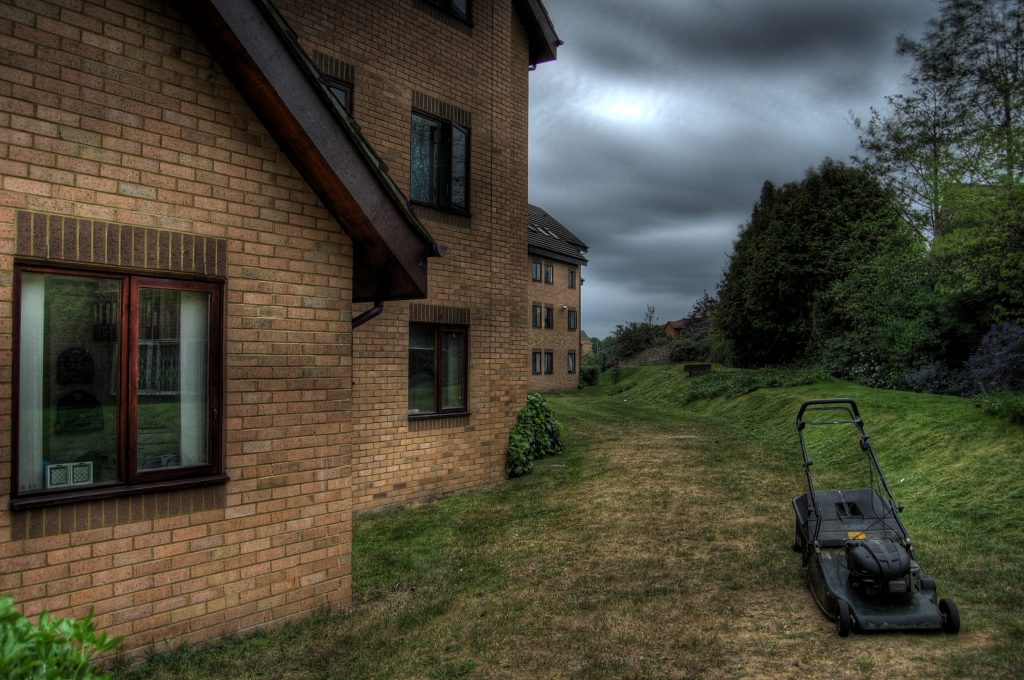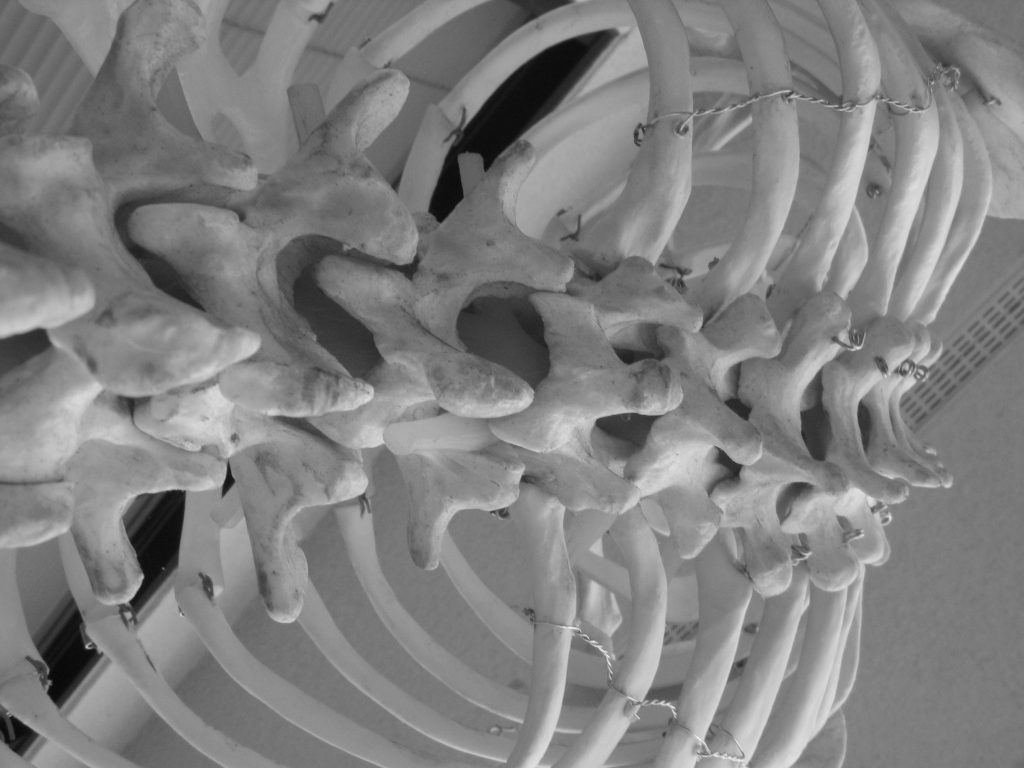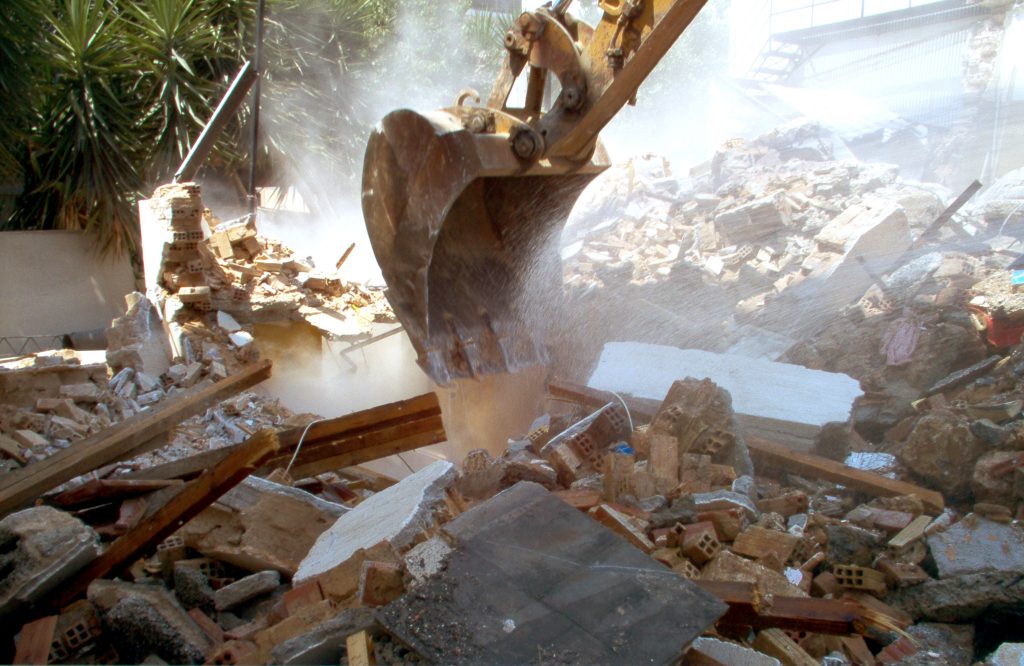 What if you are injured, hire a lawyer, and that lawyer fails to sufficiently work on your case? Outrage ensues and you may choose to fire that lawyer and hire a second. But is that first lawyer entitled to payment if you happen to win and receive an award in your case? In a recent Louisiana case, the Fifth Circuit Court of Appeals decided that the answer can be in the affirmative.
What if you are injured, hire a lawyer, and that lawyer fails to sufficiently work on your case? Outrage ensues and you may choose to fire that lawyer and hire a second. But is that first lawyer entitled to payment if you happen to win and receive an award in your case? In a recent Louisiana case, the Fifth Circuit Court of Appeals decided that the answer can be in the affirmative.
After David Corey was the injured, he hired Salvador Brocato and Lionel Hutton to handle his personal injury lawsuit. In the two years that Mr. Brocato and Mr. Hutton handled Mr. Corey’s case, the attorneys did little work on his case: failing to hire an investigator, failing to adequately prepare Mr. Corey for his deposition, and failing to hire experts as well as other faults. Mr. Corey fired Mr. Brocato and Mr. Hutton and subsequently hired Arnold & Itkin, LLP, to handle his case. Arnold & Itkin worked on Mr. Corey’s case, and eventually secured a settlement of $2,187,500, with $875,000 awarded in attorneys’ fees. Mr. Brocato and Mr. Hutton intervened seeking a share of the amount of the attorneys’ fees awarded for the work they had done on Mr. Corey’s case prior to termination. The United States District Court for the Eastern District of Louisiana awarded Mr. Brocato and Mr. Hutton 20% of the awarded attorneys’ fees. The judge calculated the percentage based on the principles of quantum meruit: generally expressed as the actual value of the services performed. In this case, the amount of work completed before termination was calculated at 20%. Contending that to award the 20% would be an improper and illegal award of a contingency fee to lawyers who did not have a contingency fee agreement, Arnold & Itkin appealed to the United States Court of Appeals for the Fifth Circuit.
Louisiana fee awards in quantum meruit are calculated by factors set out by the Louisiana Supreme Court. See State, Dep’t of Transp. & Dev. v. Williamson, 597 So. 2d 439 (La. 1992). There are ten factors, including the ultimate result, obtained, the importance of litigation, the amount of money involved, the extent of the work performed, skill and diligence of the attorneys, the number of appearances made, intricacies of the facts, and the court’s own knowledge. Courts may consider these factors in the quantum meruit analysis when a contingency fee agreement has been discharged or when a contingency fee agreement was never involved. See City of Alexandria v. Brown, 740 F.3d 339 (5th Cir. 2014). The factors sometimes referred to as “Saucier Factors” are applied even when the attorney was discharged either with or without cause, although courts must reduce the award of an attorney discharged for cause according to the gravity of cause for discharge. Saucier v. Hayes Dairy Product, Inc., 373 So. 2d 102 (La. 1978).
 Louisiana Personal Injury Lawyer Blog
Louisiana Personal Injury Lawyer Blog


 It is not uncommon for a victorious party in a lawsuit to seek attorneys’ fees upon their win. There is no guarantee however the judge will agree an award of attorneys’’ fees are warranted. In some cases filed in state court, the defendant can remove the case be heard in federal court. If the federal court lacks jurisdiction, however, the case will be sent back to state court. Whether the attorneys’ fees associated with the removal process can be recouped by the winning party is the subject of a recent lawsuit out of New Orleans.
It is not uncommon for a victorious party in a lawsuit to seek attorneys’ fees upon their win. There is no guarantee however the judge will agree an award of attorneys’’ fees are warranted. In some cases filed in state court, the defendant can remove the case be heard in federal court. If the federal court lacks jurisdiction, however, the case will be sent back to state court. Whether the attorneys’ fees associated with the removal process can be recouped by the winning party is the subject of a recent lawsuit out of New Orleans.  No legal case is without controversy, but some of the most controversial types of cases involve a slip and fall injury. For some, it is hard to believe that a “little fall” could actually cause substantial injury. Often times, those who bring a slip and fall action are seen as milking the situation to try to get money from a business. However, when a person is injured he or she must prove that the injury was the result of someone’s alleged negligence. This proof requires that the injured individual show that the facts surrounding the incident support his or her claim. When coupled with a stringent legal standard, a dispute of what occurred at the time of the injury complicates the matter. The following slip and fall lawsuit filed against the Albertsons in Shreveport, Louisiana, shows the difficulty in bringing such claims to trial.
No legal case is without controversy, but some of the most controversial types of cases involve a slip and fall injury. For some, it is hard to believe that a “little fall” could actually cause substantial injury. Often times, those who bring a slip and fall action are seen as milking the situation to try to get money from a business. However, when a person is injured he or she must prove that the injury was the result of someone’s alleged negligence. This proof requires that the injured individual show that the facts surrounding the incident support his or her claim. When coupled with a stringent legal standard, a dispute of what occurred at the time of the injury complicates the matter. The following slip and fall lawsuit filed against the Albertsons in Shreveport, Louisiana, shows the difficulty in bringing such claims to trial. When a case goes to trial, there are many nuances that a lawyer might have to address, including a motion for a continuance or a dismissal. A continuance is the postponement of a hearing, trial or other scheduled court proceeding at the request of either party or by the judge. A dismissal occurs when the court ends a legal action before completing the trial process. This case out of the Parish of East Baton Rouge demonstrates Louisiana’s requirements for a continuance or a dismissal in the district courts.
When a case goes to trial, there are many nuances that a lawyer might have to address, including a motion for a continuance or a dismissal. A continuance is the postponement of a hearing, trial or other scheduled court proceeding at the request of either party or by the judge. A dismissal occurs when the court ends a legal action before completing the trial process. This case out of the Parish of East Baton Rouge demonstrates Louisiana’s requirements for a continuance or a dismissal in the district courts. “My neck, my back, my neck and my back” is a cliche that has been used in television shows and movies when someone gets hurt in an accident and likely tends to file a lawsuit. Although Caddo Parish, Louisiana woman, Ruth Toliver, may not have used the exact phrase, she did fall on the job and filed for workers’ compensation benefits. After receiving a workers’ compensation settlement, she filed a lawsuit to recover for additional injuries. But whether Ms. Toliver could recover twice proved another matter.
“My neck, my back, my neck and my back” is a cliche that has been used in television shows and movies when someone gets hurt in an accident and likely tends to file a lawsuit. Although Caddo Parish, Louisiana woman, Ruth Toliver, may not have used the exact phrase, she did fall on the job and filed for workers’ compensation benefits. After receiving a workers’ compensation settlement, she filed a lawsuit to recover for additional injuries. But whether Ms. Toliver could recover twice proved another matter.  Imagine that you own several rental properties, and one day some of the properties get severely damaged by a hurricane. You slowly try to repair the damaged properties, but your local government decides to demolish it, without notifying you first. That is what happened to a St. Bernard Parish, Louisiana man named Glenn Sandrock.
Imagine that you own several rental properties, and one day some of the properties get severely damaged by a hurricane. You slowly try to repair the damaged properties, but your local government decides to demolish it, without notifying you first. That is what happened to a St. Bernard Parish, Louisiana man named Glenn Sandrock. Res Judicata, also known as claim preclusion, is a Latin term that literally means “for a matter judged.” In the legal system, res judicata is a doctrine that prohibits a second lawsuit from being filed for a matter that has already been judged or decided on the merits. Once parties to a lawsuit have had the opportunity to be heard by the court and the court rules on the claims asserted in the lawsuit, those parties are generally not ever again allowed to bring a lawsuit against the same parties for the same claims that arose from the same transaction or occurrence.
Res Judicata, also known as claim preclusion, is a Latin term that literally means “for a matter judged.” In the legal system, res judicata is a doctrine that prohibits a second lawsuit from being filed for a matter that has already been judged or decided on the merits. Once parties to a lawsuit have had the opportunity to be heard by the court and the court rules on the claims asserted in the lawsuit, those parties are generally not ever again allowed to bring a lawsuit against the same parties for the same claims that arose from the same transaction or occurrence.  Most of us probably owe money to someone. Whether it be for our home, a vehicle, a credit card or even just to a friend. A
Most of us probably owe money to someone. Whether it be for our home, a vehicle, a credit card or even just to a friend. A The majority of cases, civil and criminal alike, never make it to trial. The parties may settle the case out of court or the claims may simply be dropped by the plaintiff. A third reason why a case may not make it to the jury is if a judge grants a party’s motion for summary judgment; a fate that almost befell Orleans Parish citizen John Ludlow’s negligence
The majority of cases, civil and criminal alike, never make it to trial. The parties may settle the case out of court or the claims may simply be dropped by the plaintiff. A third reason why a case may not make it to the jury is if a judge grants a party’s motion for summary judgment; a fate that almost befell Orleans Parish citizen John Ludlow’s negligence Imagine you owned acres of lush and valuable trees. Then imagine that one day, you discover your land to be completely barren, the valuable trees almost completely removed. Even worse, you have no real, viable recourse against the thieves who cut down and hauled off the trees because of a very strict, literal, narrow interpretation of the terms of a statute. Instead, you are left with stripped land and a possibly uncollectable judgment.
Imagine you owned acres of lush and valuable trees. Then imagine that one day, you discover your land to be completely barren, the valuable trees almost completely removed. Even worse, you have no real, viable recourse against the thieves who cut down and hauled off the trees because of a very strict, literal, narrow interpretation of the terms of a statute. Instead, you are left with stripped land and a possibly uncollectable judgment.